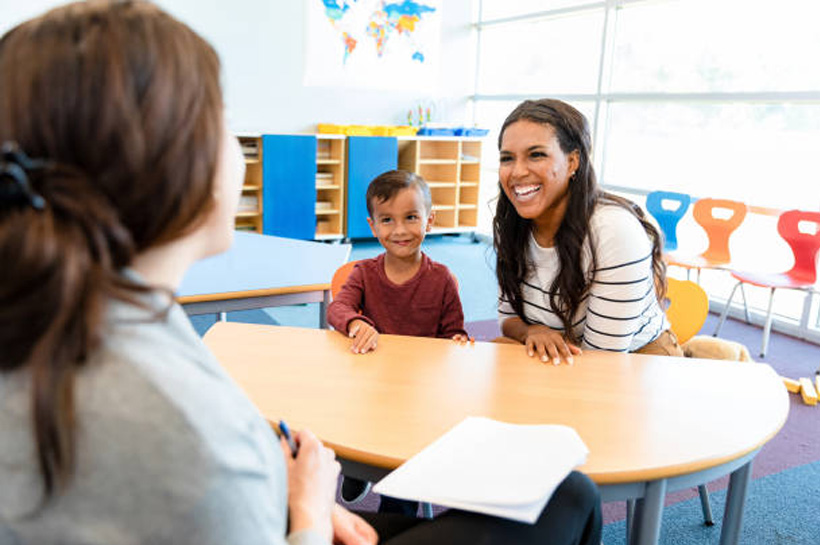In today’s fast-paced world, ensuring that students achieve both academic excellence and social growth requires more than just effective teaching or a supportive home environment. The success of child education often hinges on a collaborative effort between parents and teachers. Through the Parents-Teachers Association (PTA), this collaboration fosters a stronger partnership that directly contributes to student success. When both groups work together, they can create a nurturing and engaging environment that benefits every child.
Understanding the Role of Parents and Teachers
Before diving into effective PTA strategies, it’s essential to understand the distinct but complementary roles that both parents and teachers play in a child’s development.
Parents are a child’s first teachers. From birth, they nurture their child’s emotional and social well-being, creating a home environment where values are taught, curiosity is encouraged, and learning is celebrated. Parental insights into a child’s needs, preferences, and learning styles provide invaluable context for teachers. This level of parental engagement greatly enhances the student’s overall experience in school.
Teachers, as trained professionals, design and deliver educational content, assess academic progress, and manage classroom dynamics. Their role also includes addressing diverse learning needs. The Parents-Teachers Association is the ideal platform to bring these two perspectives together, ensuring that a child’s development is supported both at school and at home.
The Benefits of Parent-Teacher Collaboration
- Improved Academic Achievement: Consistent communication between parents and teachers through the Parents-Teachers Association sets a unified approach to tackling academic challenges. When parents and teachers monitor homework and provide additional resources jointly, students are more likely to overcome difficulties and improve their performance.
- Enhanced Social Development: A collaborative approach to addressing a child’s social skills and behavioural issues helps to ensure well-rounded development. Sharing insights and strategies through educational partnerships enables both parties to respond effectively to the child’s growth and social changes.
- Increased Motivation and Engagement: When children see their parents and teachers working together through the PTA, they understand that their education is a shared priority. This collective support boosts their motivation and encourages them to take ownership of their academic journey, contributing to their student success.
Strategies for Effective PTA Collaboration
- Open Communication: The foundation of a strong Parents-Teachers Association lies in open, transparent communication. Regular meetings, emails, and phone calls between parents and teachers create a healthy dialogue that benefits the student.
- Active School Involvement: Encourage parents to participate in classroom activities, attend school events, and volunteer through the PTA. This level of school involvement reinforces the importance of education in the child’s life.
- Shared Educational Goals: Working together to set realistic and shared goals for the student’s education ensures that both parents and teachers are aligned. These goals act as a roadmap for academic achievement and personal growth.
- Positive Reinforcement: Acknowledging and celebrating a student’s progress is crucial. Positive reinforcement from both parents and teachers boosts the child’s confidence and fuels their motivation.
- Timely Problem-Solving: Address any concerns about the child’s development promptly. Through the Parents-Teachers Association, issues can be discussed openly and collaboratively, leading to effective solutions that support the child’s learning journey.
Conclusion
Parent-teacher collaboration is essential for supporting and enhancing the academic and social development of students. As learning is an ongoing process, the partnership between parents and teachers plays a crucial role in creating a dynamic and supportive environment. By working together, they can address challenges and celebrate progress, ensuring that children reach their full potential. Following the tips outlined in this blog post can help parents and teachers strengthen their partnership, fostering a positive and evolving learning experience that adapts to the continuous growth of each student.
Shivani Gupta
Middle School Social studies teacher
Manthan International School

